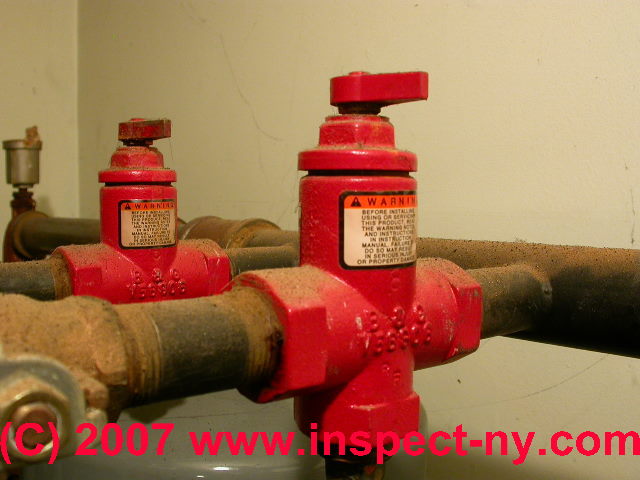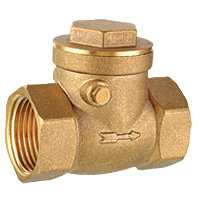Hey I had a flo control valve fail on me a couple days ago, my house has baseboard heating and heated up when the thermostat was off and the pump off. I replaced the flo control with a regular check valve. Now the hot water seams to be gravity flowing still. What is the difference between the two?
Here is a pic of the flo control that was on the line

This is the type of check valve I installed

Here is a pic of the flo control that was on the line

This is the type of check valve I installed




